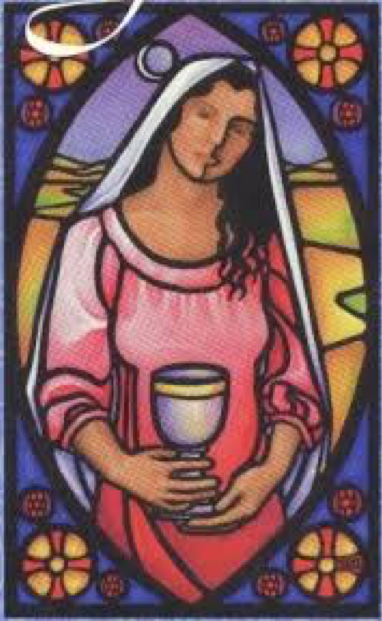Night of Gnosis, Part 2: Occitania, A Culture of Gnostic Enlightenment 900—1300 CE—with Saundra Salyer

In Part I we examined some deep roots of Gnosticism in the Great Goddess Cultures, in the prophecies of Zarathustra, and in the gnostic revival throughout the Mediterranean world in 100 BCE—300 CE whose riches were only recently revealed to us in the discovery of the Nag Hammadi Library in 1945 which had been buried in the desert in Egypt for 1600 years. “We find in Gnosticism … a belief in the efficacy of individual revelation and individual knowledge. This belief was rooted in the proud feeling of man’s affinity with the gods,” writes Jung who found the first parallels of his Red Book visions in gnostic literature.
Tonight we’ll explore the second wave of gnostic revival which flourished for 400 years in the unique culture of the Occitane at the turn of the first millennium. These beautiful mountains, rivers and valleys birthed a unique culture influenced by the great Sufi love mystics from Andalusia, a reflowering of the sacred feminine in the vernacular language of the Troubadours, in the Love Courts of Eleanor of Aquitaine, in the Grail Legends, the Black Madonna’s Gothic “temples,” in Cathar female spiritual leaders, and ruling Queens who replaced Crusading husbands. Tarot and Templar Knights, free guilds and democratic town associations all thrived in this lush landscape of the Langue d’Oc. In 2016 I joined a group of gnostic Templars on a Black Madonna tour of the region and then struck out on my own pilgrimage to explore the “Cathar Castles,” the last defences of the enlightened culture annihilated by the Catholic Church in the Albigensian Crusade, the first official genocide. Slideshow presentation.